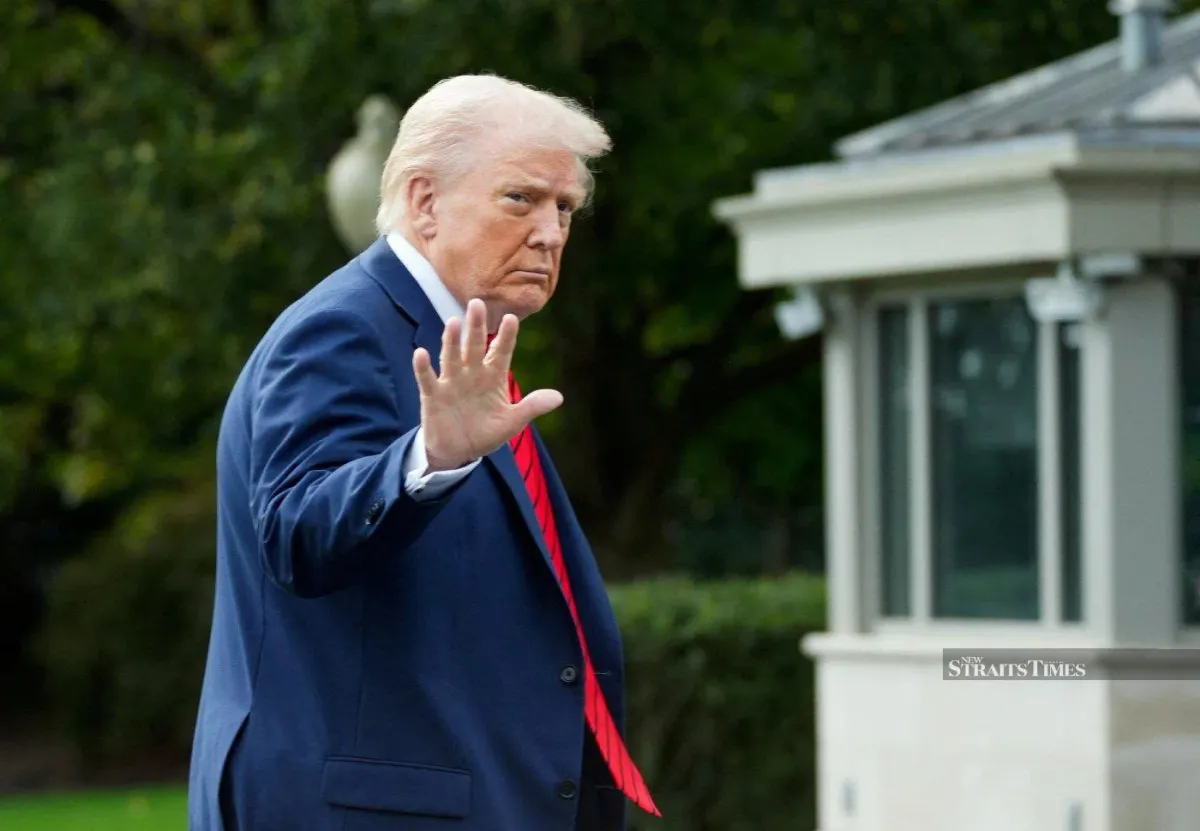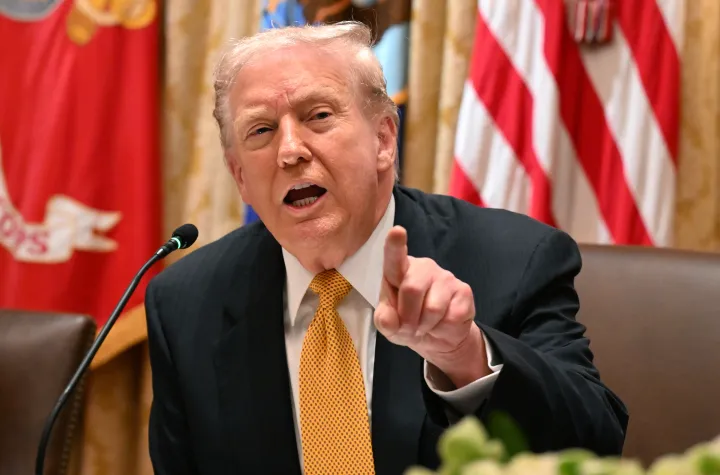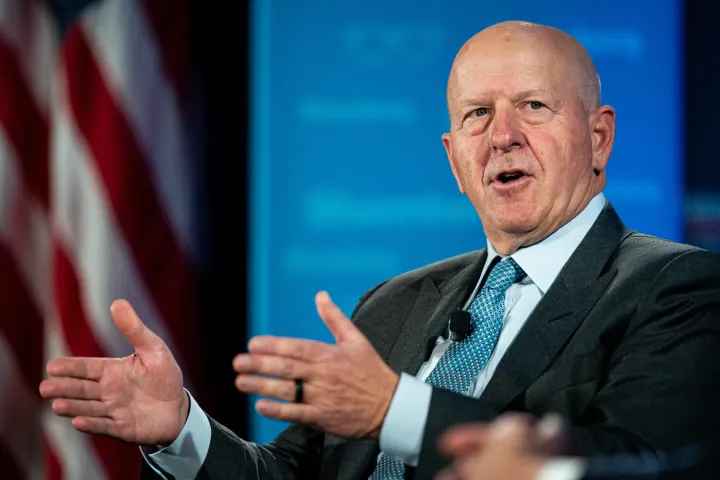Trump Promised Foreigners Would Pay Tariffs. Reality Check: It’s You

Who's Really Paying for Trump’s Tariffs? Spoiler: It’s Not China
Despite claims that foreign countries would foot the bill for former President Donald Trump’s sweeping import tariffs, early data and expert insights paint a very different picture: American companies and consumers are picking up the tab.
From coffee beans to carpets, prices on imported goods have climbed sharply, and U.S. firms are now passing much of that cost to consumers. The tariffs, which pushed import duties from a modest 2% to as high as 17%, are impacting wallets across the country — all while complicating the Federal Reserve’s battle against inflation.
Tariffs 101: What’s Going On?
Trump’s Bet: Foreign Exporters Will Blink
Trump’s trade strategy was simple: slap tariffs on imported goods and force foreign exporters to lower their prices or risk losing access to the U.S. market.
The reality? That’s not what happened. Foreign exporters aren’t lowering prices, and U.S. companies aren’t eating all the costs either. Instead, many are passing the increase down the line — to everyday American consumers.
Harvard Study: U.S. Firms Are Paying First, You’re Paying Next
Harvard economist Alberto Cavallo and his team tracked more than 350,000 products sold both online and in stores across the U.S. What they found was startling:
- Imported goods have gone up 4% in price since early March
- Domestic goods also rose, by 2%, due to indirect effects
- Products like coffee — which the U.S. doesn’t produce — saw some of the biggest jumps
- Companies couldn’t absorb all the new costs, so prices moved upward gradually
Even though the tariffs themselves are hefty, sellers often didn’t raise prices by the full tariff amount immediately. Instead, they’re “stretching the pain” over time, as Cavallo puts it.
Who Is Absorbing the Costs?
Not China. Not Turkey. Not Mexico.
According to multiple researchers, foreign producers are not reducing prices to offset U.S. tariffs. Instead, they're raising prices, partly to compensate for the weaker dollar.
For instance, national export price indexes show clear increases in export costs from major U.S. trading partners — except Japan. Meanwhile, Chinese retailers like Shein and Amazon vendors have already increased prices on U.S. listings.
Companies React: From Absorbing Costs to Raising Prices
Big-name companies like Procter & Gamble, Swatch, and EssilorLuxottica have started raising prices on consumer goods ranging from laundry detergent to sunglasses.
A Reuters tracker found that 72% of companies in Europe, the Middle East, and Africa have already raised prices since the tariff battles began. Only 18 companies reported profit margin issues — meaning most are simply charging more.
What This Means for You: Prices Keep Climbing
Inflation’s New Ally
As prices rise due to tariffs, the Fed's efforts to cool inflation become trickier. Fed Chair Jerome Powell estimated tariffs are responsible for 30-40 basis points of core inflation — nearly half a percentage point.
The Boston Fed added that tariffs could raise core inflation by 75 basis points, while other think tanks like the Peterson Institute warn that inflation could be 1 full percentage point higher in the short term.
That’s not insignificant, especially with core inflation still hovering around 2.9%.
Will It Last?
Maybe not forever — but don’t expect relief soon. The Fed believes tariff-induced inflation might be short-lived, but companies are still figuring out how to distribute the cost. That means more price hikes could be on the way over the coming months.
Even Stephen Miran, a former Trump administration official and now a Fed governor, insists the impact is small. But studies — and your grocery bill — might disagree.
Global Trade Feeling the Squeeze
Export Orders Drop Worldwide
An S&P Global survey shows new export orders have been declining since June, suggesting worldwide trade is slowing down as a direct result of the U.S. tariffs.
- EU exports to the U.S. dropped 4.4% year over year
- Germany’s exports to the U.S. fell a massive 20.1% in August
- The World Trade Organization downgraded its global trade growth forecast to just 0.5%
According to the Kiel Institute, shipments from the U.S. are also declining, possibly due to businesses front-loading orders ahead of tariffs or reevaluating international strategies altogether.
What Happens Next?
Slower Growth, Higher Prices
European banks like ING are forecasting a 17% drop in EU exports to the U.S. over the next two years. That could cost Europe about 30 basis points of GDP growth, and it’s just one example of the ripple effect hitting the global economy.
Meanwhile, American households can expect continued price increases, especially for goods that can’t be easily replaced or sourced locally. Even if some companies begin reshoring production, those transitions take time and resources — and don’t offer immediate relief.
Who’s Really Paying for the Tariffs?
Despite the early political promise that “foreigners will pay,” the evidence is clear:
It’s American businesses and consumers who are feeling the pinch.
From grocery stores to Amazon checkouts, the costs of trade wars are showing up quietly, but steadily. And as supply chains remain disrupted and global prices continue to rise, that quiet pressure on your wallet is only growing louder.


